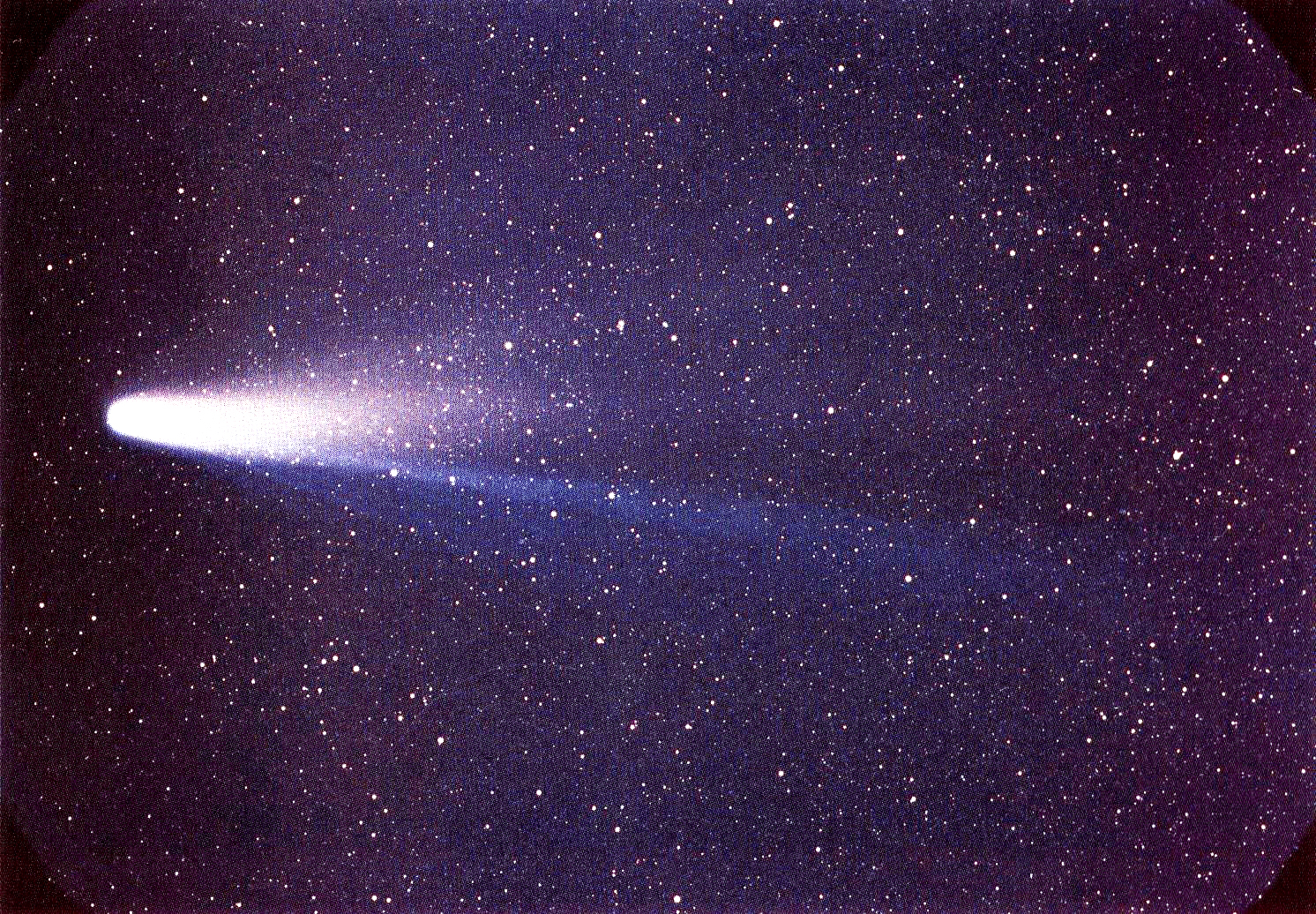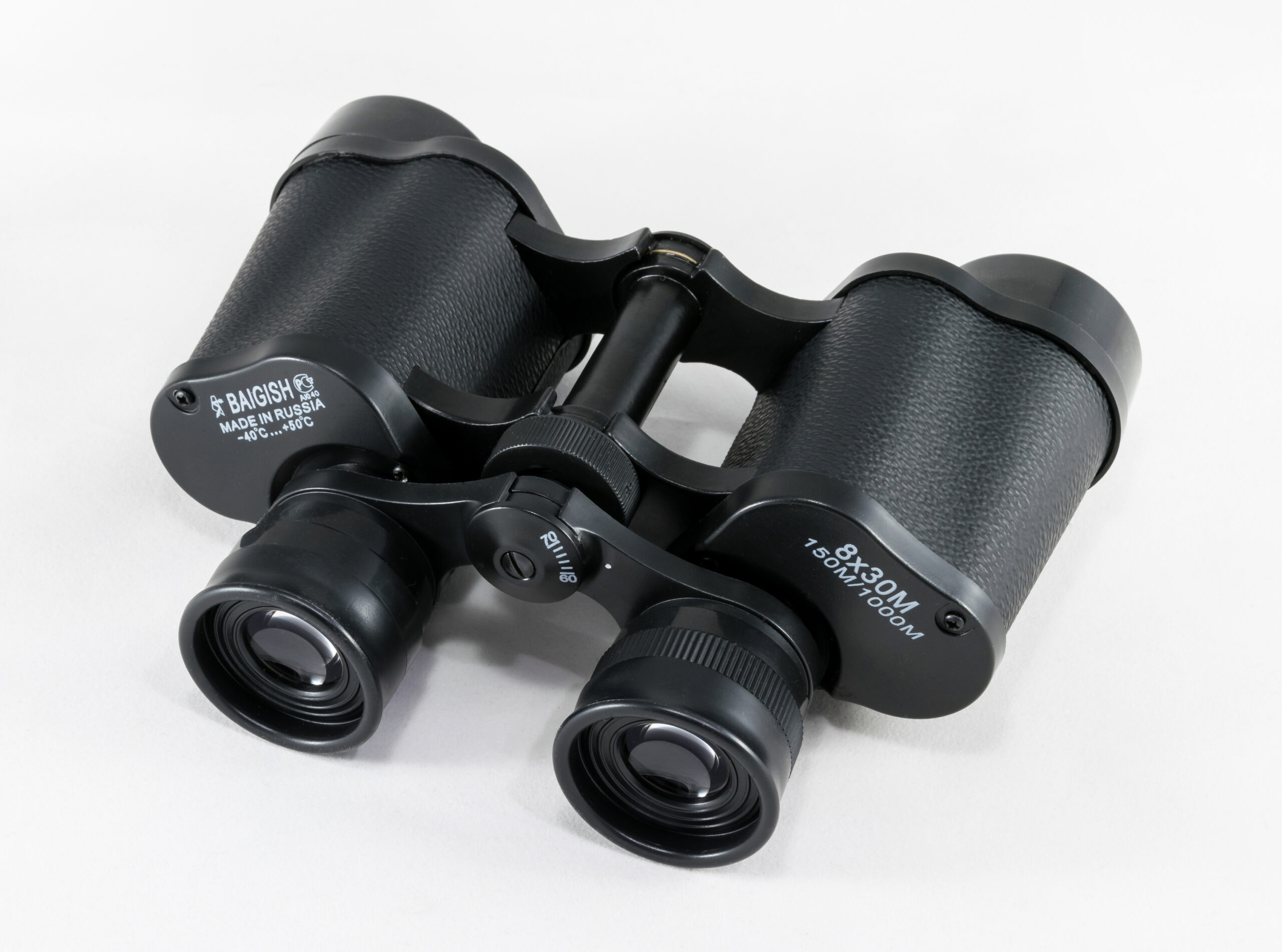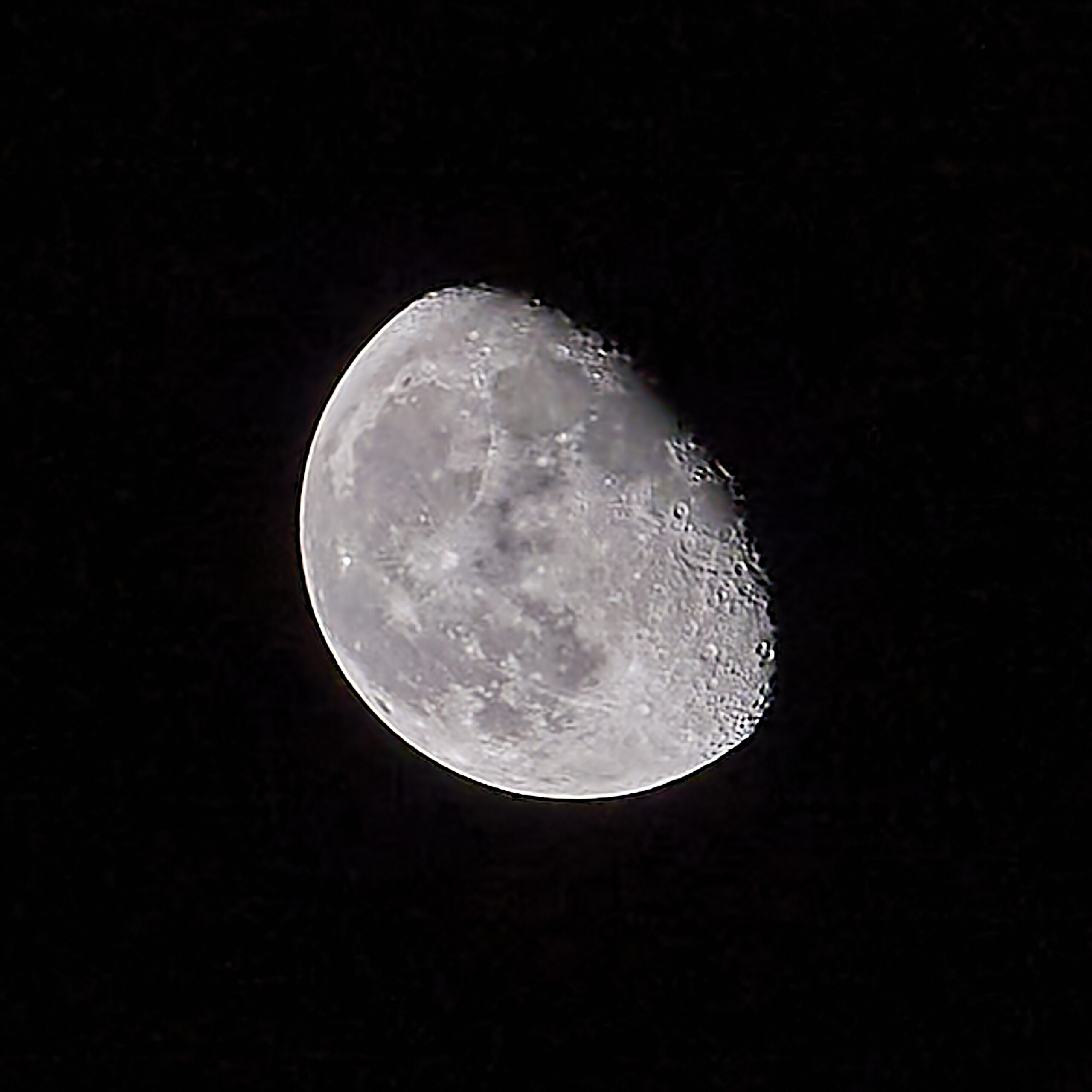Meteor showers and comets have fascinated us for centuries. Think about the wonder of looking up at the night sky and seeing streaks of light or a glowing object with a tail stretching across the stars. But what exactly are these celestial spectacles?
Meteor showers are essentially space debris. When comets path near the sun, they leave behind dust and small rocks. When Earth crosses these trails, the debris burns up in our atmosphere, creating those stunning light shows we call meteor showers. On the other hand, comets are like dirty snowballs comprising ice, dust, and other organic materials hugging out in the far reaches of our solar system before making their grand, blazing approaches near the sun.
It’s not just modern folks who are mesmerized by these sky events; they’ve been significant throughout history. Ancient civilizations often saw comets and meteor showers as omens or cosmic messages. There are countless records depicting these events in cave paintings, historical documents, and even in folklore. This timeless allure hasn’t dimmed; it shows how deeply these celestial phenomena touch our collective human experience.
When it comes to studying these phenomena, both amateurs and professionals get in on the action. While backyard telescopes can offer a glimpse, organizations like NASA employ high-tech equipment to gather data. Astronomy clubs worldwide organize events to help people witness these wonders up close. They even offer guidance on what to look for and the best times to watch. It’s certainly a passion that bridges the gap between casual stargazers and seasoned astronomers.
Anatomy and Lifecycle of Comets
Comets are incredible cosmic wanderers, also known as ‘dirty snowballs,’ roaming the outer reaches of our solar system. They form in two primary regions: the Kuiper Belt and the distant Oort Cloud. These areas teem with icy bodies and rocky remains from when our solar system was born.
So, what makes a comet a comet? Let’s break it down. At the heart lies the nucleus, a solid core made of rock, ice, and organic compounds. It’s typically a few kilometers wide, which might sound small, but in space terms, that’s pretty substantial. When a comet gets close to the sun, the heat causes the ice within the nucleus to sublimate, or turn directly from solid to gas. This creates a glowing envelope around the nucleus called the coma. As the gas and dust get pushed away by solar radiation, they form the comet’s tail, which can stretch for millions of kilometers.
Comets follow incredibly elongated orbits that take them far beyond the planets and then swoop them near the sun. Depending on their orbit, some comets are short-period, taking less than 200 years to complete one round trip. Halley’s Comet, for example, is a well-known short-period comet. Then, there are the long-period comets, which take thousands or even millions of years to return to the inner solar system.
The lifecycle of a comet is a fascinating journey. At the beginning, they form in those cold, distant regions. Over time, gravitational interactions might fling them toward the inner solar system. Here, they encounter the sun’s heat, which starts transforming them. With each pass by the sun, they lose some of their mass. Eventually, they can break apart or even exhaust their volatile materials entirely, leaving just a rocky core or causing them to fade away. Some eventually may end their lives by falling directly into the Sun and burn up. Some can even fall into planets like Jupiter, Comet Shoemaker/Levy 9, (the 9th comet discovered by the Shoemakers and Levy) vaporized in the atmosphere of Jupiter back in July 1992. The comet had broken up after an earlier visit to the inner solar system. This time it passed too close to Jupiter and was caught by the planets gravity. The remnants of the comet crashed into Jupiter leaving ‘scars’ in the atmosphere. These ‘scars’ lasted many weeks and were easily seen in amateur telescopes.

Comet Shoemaker/Levy 9 photographed by Hubble Telescope just before its encounter with Jupiter.

Photograph from the Hubble Telescope showing the aftermath of Comet Shoemaker/Levy 9 ‘s encounter with Jupiter. Those ‘scars’ lasted many weeks.
Studying comets offers valuable insights into the early solar system. These space objects are like time capsules, containing ancient ice and dust that haven’t changed much over billions of years. By analyzing comets, scientists gather clues about the conditions and processes that prevailed in the early solar system, helping us understand more about how our cosmic neighborhood came to be.
Halley’s Comet: The Most Famous Comet
When you think of iconic comets, Halley’s Comet is probably at the top of that list. This dazzling visitor is perhaps the best-known of all the comets, and for good reason. Throughout history, Halley’s Comet has been a celestial celebrity, making appearances in our skies about every 75 to 76 years. What makes it truly special is its predictability, allowing multiple generations to witness its awe-inspiring spectacle.

Picture of Halley’s Comet in March 1986 from Easter Island.
Historically, Halley’s Comet has been documented for nearly two millennia. Ancient astronomers across different cultures recorded its sightings. One of its most famous early appearances is in the Bayeux Tapestry, which depicts the comet during the time of the Norman Conquest of England in 1066. Over the centuries, this comet has been tied to events ranging from significant battles to cultural shifts, showcasing its lasting impact on human history and lore.
From a scientific perspective, Halley’s Comet is a goldmine of information. Its regular returns provide scientists with ongoing opportunities to study its composition and behavior. For instance, when it passed by Earth in 1986, a fleet of spacecraft, known as the Halley Armada, was launched to intercept and study the comet up close. These missions provided unprecedented data, revealing details about its nucleus, the composition of its coma, and the nature of its tail.
One remarkable aspect of Halley’s Comet is its elliptical orbit. Unlike planets that follow a relatively circular path, Halley’s Comet travels in a long, elongated loop that takes it from the outer reaches of the solar system to a close encounter with the sun. This journey subjects it to varying temperatures and solar radiation, continuously altering its structure and appearance each time it swings by.
Chart showing the orbit of Halley’s Comet.
Seeing Halley’s Comet is a once-in-a-lifetime experience for many people. It will next pass by Earth in 2061. For those planning to stick around for that, you might want to mark your calendars now! Telescopes and binoculars will certainly enhance the view, but even the naked eye should suffice if you’re in a dark enough area. Witnessing this comet is akin to participating in a grand tradition that connects us with generations past and future.
Understanding Meteor Showers
Meteor showers are one of the best shows the night sky offers. Unlike comets, which are larger and follow longer orbits, meteor showers result from Earth passing through trails of debris left by comets. These tiny bits of rock and dust, usually no larger than a grain of sand, enter our atmosphere and burn up, creating brilliant streaks of light.
So, what causes these breathtaking light displays? When a comet travels near the sun, it heats up. This causes some of the ice and dust to break away, leaving a trail in its wake. When Earth crosses one of these trails, the debris interacts with our atmosphere, generating those beautiful meteors. Because of Earth’s consistent orbit, many meteor showers occur annually and are predictably timed. Famous meteor showers like the Perseids in August or the Geminids in December are beloved by stargazers for their reliability and impressive shows.
Chart showing the Radiant of the Perseids meteor shower.
Want to catch a meteor shower? Timing and location are key. Meteor showers are usually more active after midnight. This is because after midnight, the part of Earth you’re on is facing into the direction of Earth’s orbit, meaning it encounters more debris. A dark, open sky away from city lights is the best spot to watch. It also helps to check meteor shower calendars published by astronomical organizations for the precise dates and expected peak times.
No fancy equipment is needed—just your eyes and something comfy to sit on. For the best experience, let your eyes adjust to the darkness for about 20-30 minutes. This improves your ability to spot the fainter meteors. Bringing along a blanket or reclining chair can make the experience even more enjoyable.
Meteor showers offer a unique blend of predictability and surprise. You know when and where they’re supposed to happen, but you never know exactly when a meteor might streak across the sky. This unpredictability, combined with the sheer number of meteors in a good shower, makes for an exciting and awe-inspiring night under the stars.
Spotlight on the Perseids Meteor Shower
The Perseids Meteor Shower is one of the most celebrated celestial events of the year. Originating from the comet Swift-Tuttle, the Perseids dazzle observers every August with a spectacular display of shooting stars. They are named after the constellation Perseus, from which they appear to radiate.
The origins of the Perseids trace back to the debris left by comet Swift-Tuttle. Each year, when Earth passes through this debris, it results in one of the most reliable and visually striking meteor showers. The peak period usually falls around mid-August, often providing ideal summer conditions for skywatching. With meteors flying at rates of up to 60 per hour, it’s a real feast for the eyes.
Characteristics of the Perseids include their brightness and speed. These meteors often leave behind persistent trails and can be pretty bright, making them relatively easy to spot, even for the untrained eye. The Perseids also have occasional fireballs—exceptionally bright meteors that can light up the whole sky for brief moments.
For the best Perseids experience, find a comfortable, dark spot away from city lights. Rural locations or local parks usually work well for this. Different from casual stargazing, setting an alarm for the pre-dawn hours can be worth it since that’s when the shower tends to be most active. Bringing something warm and comfortable to sit or lie down on can add to your enjoyment.
Capturing the Perseids on camera is also popular among astronomy enthusiasts. Long exposure settings on cameras enable beautiful shots of multiple meteors streaking across the sky. A tripod and a cable release or remote shutter can help keep those shots sharp. It’s worth experimenting a bit to capture the magic of the Perseids on film.
The Perseids are a yearly tradition that combines natural beauty with a sense of shared experience. It’s like a cosmic event that brings people together, whether it’s families making a night of it or astronomy clubs hosting viewing parties. Many people look forward to August just for this reason—the chance to reconnect with the night sky in such a spectacular way.
The Significance of Studying Meteor Showers and Comets
Meteor showers and comets offer more than just visual splendor; they provide a doorway into understanding our solar system. By studying these celestial phenomena, scientists gather invaluable data about the origins and evolution of our cosmic neighborhood. With each passing comet or shower, new insights emerge that enhance our knowledge of space.
Meteor showers, for instance, help determine the composition of comets. When Earth encounters these debris trails, scientists analyze the leftover particles. This analysis sheds light on the materials that existed in the early solar system. Since these particles are ancient and relatively unaltered, they act as time capsules, preserving primordial compounds.
Similarly, studying comets like Halley’s provides significant scientific insights. As pristine relics from the solar system’s formation, comets carry information about the early solar nebula. By examining the gases, dust, and organic compounds in comets’ tails and comas, researchers gain a clearer picture of the conditions that prevailed billions of years ago. This helps us understand how planets, including Earth, could have formed and developed life-friendly environments.
The Perseids, along with other yearly meteor showers, offer consistent opportunities for both amateur astronomers and professionals to conduct observations and research. These annual events are like cosmic laboratories, providing regular chances to test theories and refine knowledge. Plus, they also help in public outreach, sparking interest in space sciences and encouraging the next generation of astronomers.
Looking to the future, the study of comets and meteor showers promises exciting developments. Missions like the European Space Agency’s Rosetta, which landed on comet 67P/Churyumov-Gerasimenko, open new frontiers in space exploration. Future missions may focus on sample returns, enabling even more detailed studies of these ancient cosmic travelers.
In essence, meteor showers and comets are not just fleeting wonders but keys unlocking the mysteries of our universe. By paying close attention to these cosmic phenomena, we deepen our understanding of space and our place within it. From influencing cultural narratives to advancing scientific discoveries, the impact of studying these wonders is profound and far-reaching.
Here some regular visitors to the inner Solar System. Most are visible in small to medium telescopes. Some of the photos show ‘streaking’. These are caused by stars. The guide on the telescope was set to the motion of the comet not to the stars. This causes these ‘star streaking’.

Comet Encke. Orbital period is 3.3 years. Photo taken from the MESSENGER probe in November 2013.

Comet Temple 2. Orbital period is 5.3 years. Photo taken from the Lick Observatory in 1946.

Comet D’Arrest 2. Orbital Period is 6.3 years. Photo by Stewards Observatory May 1970.

Comet Pons-Winnecke. Orbital period is 6.3 years. Photo NASA June 2021.






